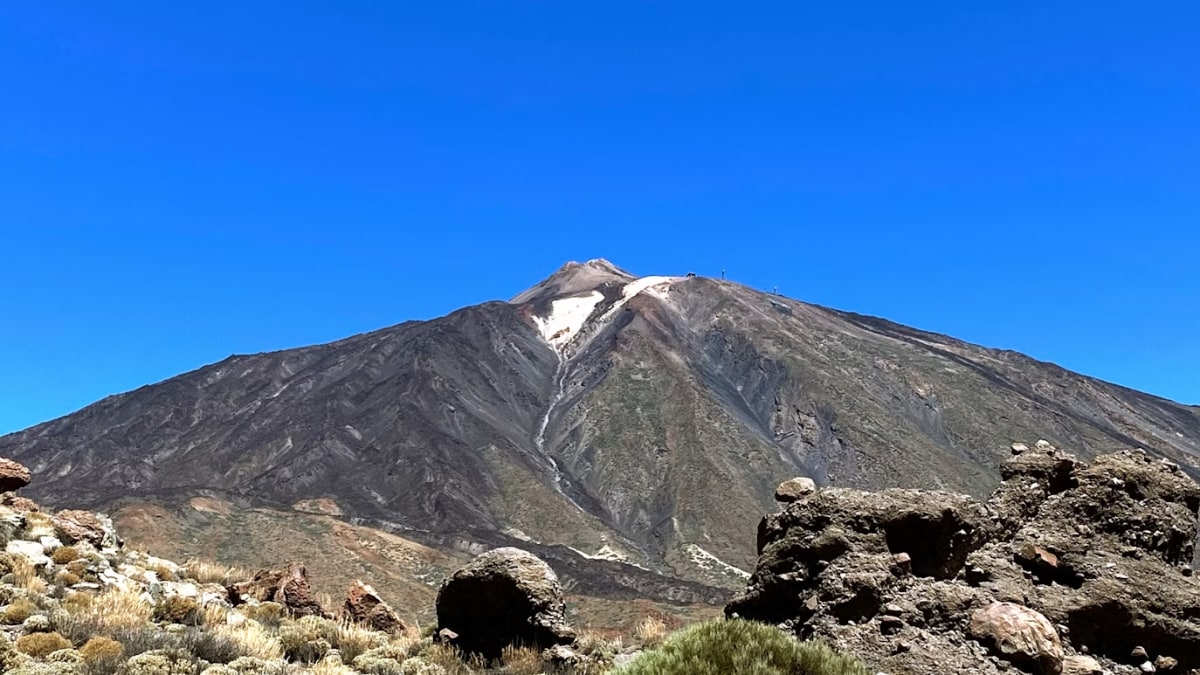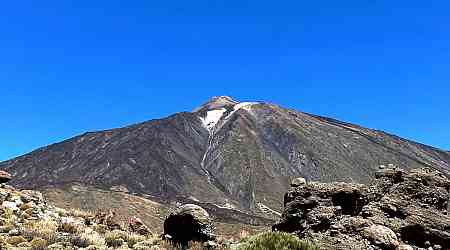Archaeologists have recently uncovered ten ancient burial mounds, known as kurgans, in Kazakhstan's Ulytau region. These kurgans, dating to the Middle Ages, include several with a distinctive feature: stone ridges that resemble mustaches. Zhanbolat Utubaev, an archaeologist at the Margulan Institute of Archaeology, led the team that made this fascinating discovery. These so-called “mustached” kurgans are a significant find in the study of medieval Kazakhstan.
Details of the Discovery
The ten kurgans vary in size, with diameters ranging from about 10 to 50 feet (3 to 15 metres), as per the study. Among them, three kurgans are recognised for their mustached appearance due to the unique stone ridges crossing them. One particular kurgan, which does not feature the mustached design, was excavated to reveal the remains of a man buried with a triangular arrowhead. While the exact identity and cause of his death are yet to be determined, further research may provide additional details.
Historical Context
These burial mounds are believed to date from the Middle Ages, a period marked by both settled and nomadic lifestyles in Kazakhstan. Settled communities thrived in cities like Taraz, a key Silk Road hub, while nomadic groups roamed other regions. The newly discovered kurgans might belong to these nomadic groups, predating the Mongol conquests of the 13th century.
Ongoing Research
The Margulan Institute of Archaeology, led by Zhanbolat Utubaev, continues to explore these kurgans. The excavation team's ongoing research aims to shed light on the customs and lives of the people who built these mounds. Future studies may provide deeper insights into the practices of the Middle Ages and the significance of these intriguing burial sites.
































